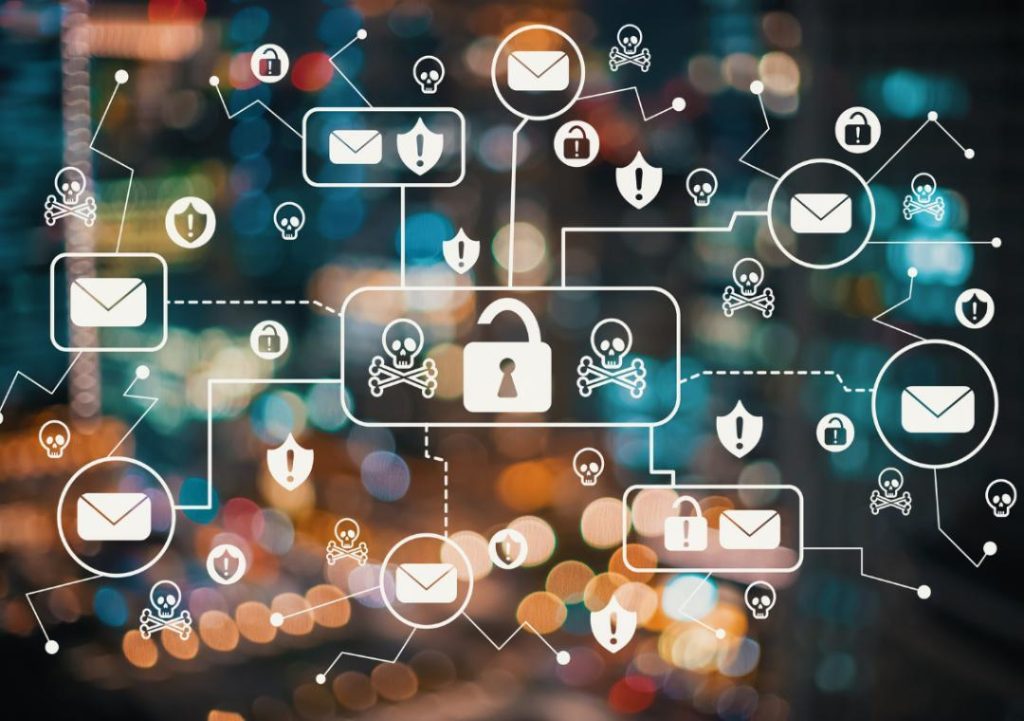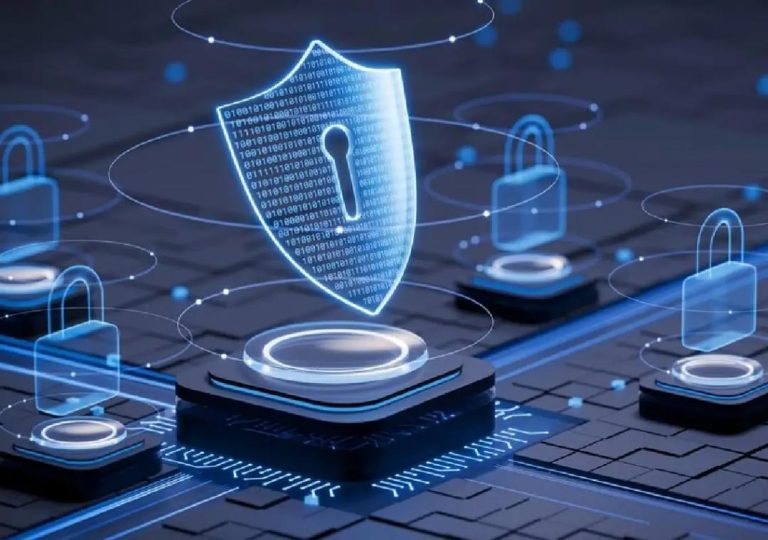
Phishing Scams Now Mimic Real Brands Flawlessly
Phishing scams have been a persistent threat to individuals and organizations alike, with scammers continually finding new ways to trick victims into revealing sensitive information or clicking on malicious links. In recent times, phishing scams have become increasingly sophisticated, with many now mimicking real brands flawlessly. This has made it challenging for even the most vigilant individuals to distinguish between genuine and fake emails.
The goal of phishing scams is to trick users into divulging sensitive information, such as passwords, credit card numbers, or personal identification details. This information can then be used for malicious purposes, including identity theft, financial fraud, and other types of cybercrime. Phishing scams can also be used to install malware or ransomware on victims’ devices, allowing hackers to gain access to sensitive data and systems.
One of the most alarming aspects of modern phishing scams is their ability to replicate real brands and logos with uncanny accuracy. Scammers use high-quality images and graphics to create fake emails that look and feel like they come from legitimate sources. This can make it difficult for users to spot the difference between a genuine email and a phishing scam.
For example, a user may receive an email that appears to be from their bank, asking them to log in to their account to prevent suspicious activity. The email may include a link that appears to take the user to the bank’s website, but in reality, it may be a phishing site designed to capture login credentials. Similarly, a user may receive an email that appears to be from a popular online retailer, asking them to update their account information. The email may include a link that appears to take the user to the retailer’s website, but in reality, it may be a phishing site designed to capture personal and payment information.
To make matters worse, phishing scams are becoming increasingly targeted. Scammers are using social engineering tactics to gather information about their victims, including their interests, hobbies, and online behaviors. This information is then used to create personalized phishing emails that are more likely to trick victims into revealing sensitive information.
So, how can organizations and individuals protect themselves from these sophisticated phishing scams? Here are a few strategies that can help:
- Layered Email Filters: Implementing layered email filters can help to detect and block phishing emails. These filters can use various techniques, including machine learning algorithms and rule-based filtering, to identify and block suspicious emails.
- Domain Monitoring: Monitoring domains can help to detect and prevent phishing attacks. This can be done by monitoring DNS records and web traffic to detect suspicious activity.
- Regular Team Alerts: Regular team alerts can help to keep employees informed about phishing threats and how to identify them. This can include training sessions, phishing simulations, and regular reminders about the importance of email security.
- Employee Education: Educating employees about phishing threats and how to identify them is crucial. This can include training sessions, phishing simulations, and regular reminders about the importance of email security.
- Two-Factor Authentication: Implementing two-factor authentication can help to add an extra layer of security to email accounts. This can include using password managers, authentication apps, and biometric authentication.
- Regular Software Updates: Regular software updates can help to patch security vulnerabilities and prevent phishing attacks. This can include updating operating systems, browsers, and other software applications.
- Phishing Simulations: Conducting phishing simulations can help to identify weaknesses in email security and educate employees about phishing threats. This can include sending fake phishing emails to employees and monitoring their responses to identify areas for improvement.
In conclusion, phishing scams have become increasingly sophisticated, with many now mimicking real brands flawlessly. To protect themselves from these threats, organizations and individuals need to implement layered email filters, domain monitoring, and regular team alerts. They also need to educate employees about phishing threats and how to identify them, use two-factor authentication, and conduct regular software updates. By taking these steps, individuals and organizations can reduce their risk of falling victim to phishing scams and protect themselves from the devastating consequences of cybercrime.
News Source:
https://www.growthjockey.com/blogs/common-cybersecurity-threats






